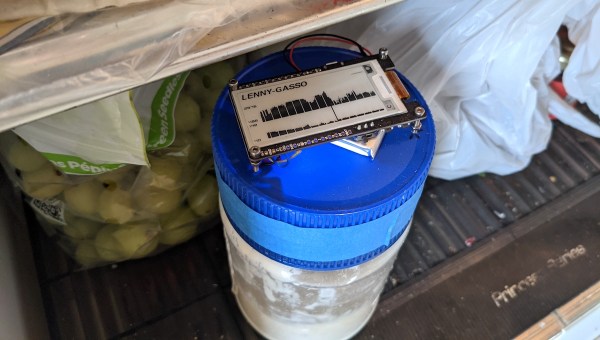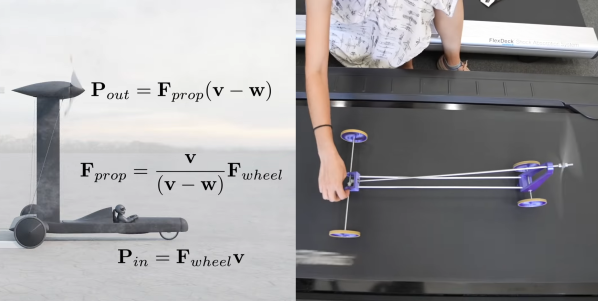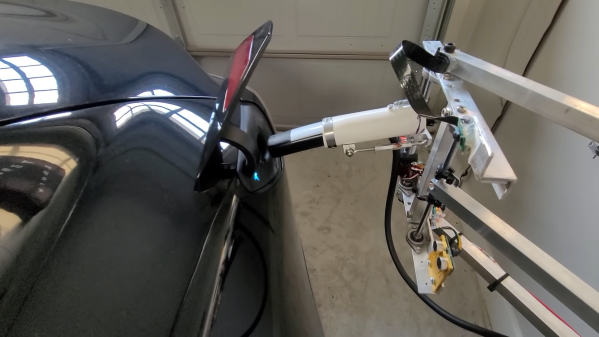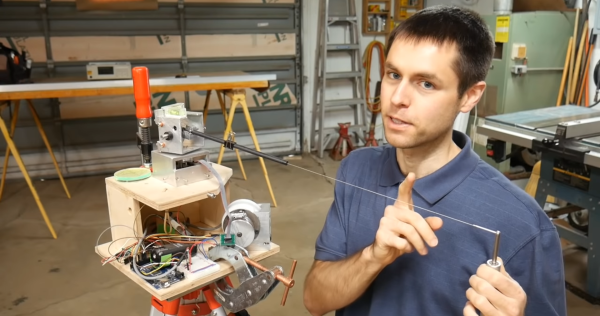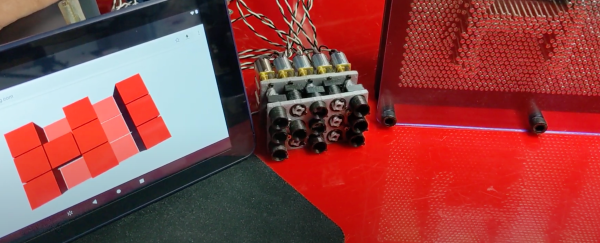Our canine partners are fortunately not affected by the current global pandemic, but it turns out there are other dangers that might necessitate them to wearing masks: Foxtail seeds. After getting a $400 vet bill for extracting a foxtail from his dog, [Hildeguard]’s ear, [Amos Dudley] decided to take the threat seriously and made her a form-fitting 3D printed mask.
The only commercial solution [Amos] could find was the “OutFox Field Guard”, which is a $50 vinyl-coated mesh bag that covers the dog’s entire head. It had the unfortunate side effects of causing some other dogs to try and rip it off and does not allow easy access to the mouth for treats or balls. [Hilde]’s custom mask was designed in CAD after creating a rough 3D scan of her head with an iPhone app. The bottom is open to allow [Hilde] to freely use her mouth, while the nose and ears holes are covered with mesh. Custom heat-formed polycarbonate lenses cover the eye holes. The mask itself was printed using Draft resin, and the inside was padded with a thin layer of foam. It might also be possible to create a silicone version using a 3D-printed mold. The top features an integrated GoPro mount, and we can’t help but wonder what other electronic upgrades could be fitted to this sci-fi-looking mask.
In the field, the mask worked well and did not seem to bother [Hilde]. Unfortunately, it did not solve the problem of other dogs trying to rip it off at the park, so for the moment [Amos] is only using it for more solitary activities like hiking.
It doesn’t look like [Amos] is struggling in that department, but if you need some help burning of your dog’s energy, you can always built them a 3D printed automatic ball launcher.


